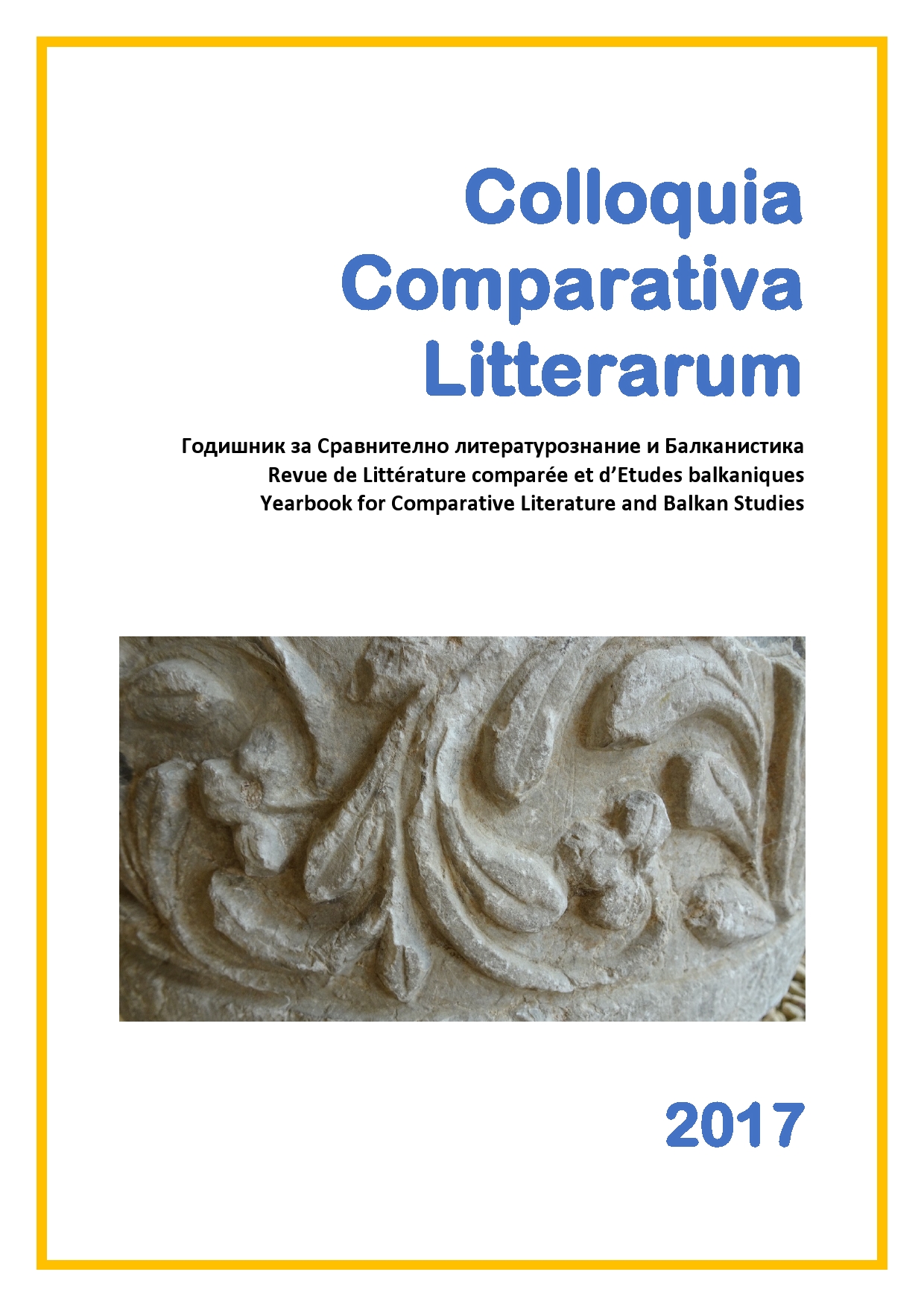Les affinités entre les littératures européennes
Affinities among European Literatures
Author(s): Roumiana L. StantchevaSubject(s): Language and Literature Studies, Studies of Literature, Comparative Study of Literature
Published by: Софийски университет »Св. Климент Охридски«
Keywords: affinities; European psychological novel of the first half of the 20th century; hesitation as the text’s principle of construction; Colette; Camil Petrescu; Yana Yazova
Summary/Abstract: The concept of affinity will be discussed as a concept likely to replace the outdated notion of influence, or the more recent, but no less problematic notion of reception, each of them implying the idea of a connection. The term affinity will break the vicious circle of direct or indirect contacts between literatures. This concept is different also from typological comparisons, because inter-literary affinities are not necessarily conditioned by the stage of social development of each context. Cultural Studies, which have been trying to cover aggressively the whole field of studies in the humanities, do not correspond to our efforts either, because they tend to thin out literary specificity into ideological messages (postcolonial, linked to minorities and protest). The proposed approach consists in juxtaposing novels that deal with contemporary issues of the first half of the 20th century all over Europe, including the topic of the Modern City, the Independent Woman, the lack of cognoscibility of the Other – newly emerged themes that correspond to the demographic, psychoanalytic, and philosophical concerns of the time. Novels by Colette, Camil Petrescu, and Yana Yazova, belonging to French, Romanian and Bulgarian literature, respectively, will be used to provide examples in that regard. The unconventional comparison revealed hesitation as a general principle of construction of the three novels.
Journal: Colloquia Comparativa Litterarum
- Issue Year: 2017
- Issue No: 1
- Page Range: 153-165
- Page Count: 13
- Language: French

